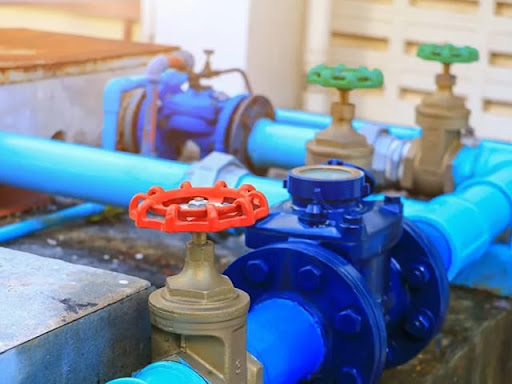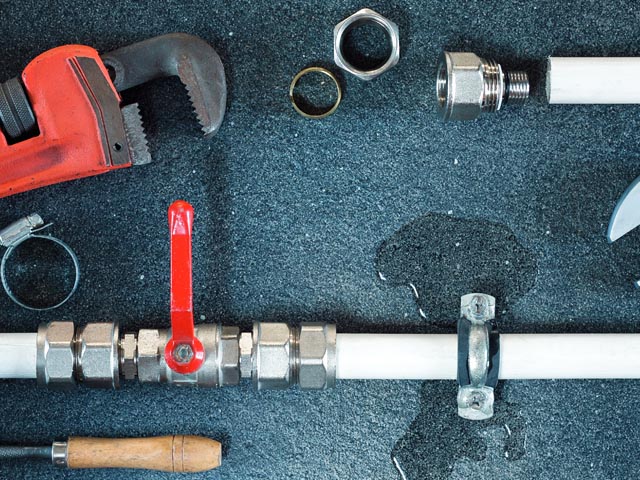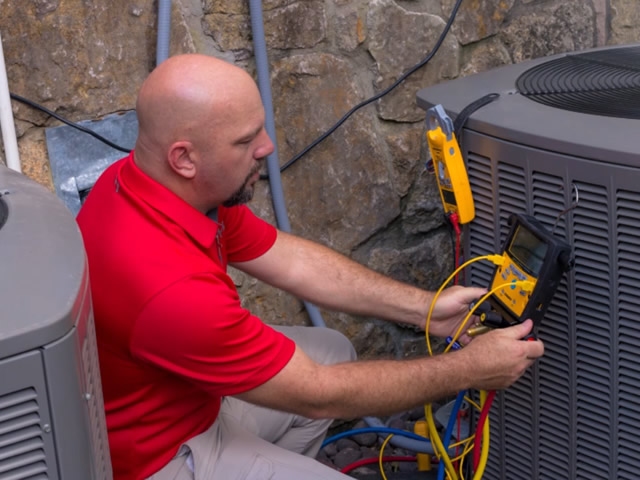A clogged sewer line can be a homeowner’s nightmare. When your sewer line becomes blocked, it can lead to a myriad of problems, from unpleasant odors to potential damage to your property. Understanding how to handle a clogged sewer line effectively can save you time, money, and a lot of stress. In this guide, we’ll explore the causes of sewer line clogs, preventative measures, and steps you can take to address the issue when it arises.
Understanding the Causes of Sewer Line Clogs
Sewer line clogs can be caused by a variety of factors, and identifying the root cause is crucial for effective resolution. Here are some common culprits:
- Tree Roots: One of the most common causes of sewer line clogs, tree roots can invade sewer lines in search of moisture. Over time, these roots can cause blockages that restrict the flow of waste.
- Grease Buildup: Pouring grease down the sink can lead to serious issues. As grease cools, it solidifies and sticks to the interior walls of the pipes, creating a sticky residue that attracts other debris.
- Non-Flushable Items: Items like wipes, sanitary products, and paper towels can easily clog sewer lines. Despite being labeled “flushable,” these items do not break down as toilet paper does and can lead to blockages.
- Foreign Objects: Children or accidents can introduce toys, jewelry, or other foreign objects into the sewer line, causing a blockage.
- Pipe Damage: Cracks or breaks in the sewer line can disrupt the flow and lead to clogs. This can be caused by ground movement, aging pipes, or poor installation. If you want to find great tips and information about plumbing, be sure to visit https://www.abacusplumbing.com/plumbing/plumbing-inspection/ to learn more.
Preventing Sewer Line Clogs
Preventing sewer line clogs is often easier and more cost-effective than dealing with them after they occur. Here are some tips to help you avoid blockages:
- Proper Disposal: Avoid flushing anything other than toilet paper and human waste. Dispose of grease and oils in the trash or use a container for disposal rather than pouring them down the sink.
- Regular Maintenance: Schedule routine maintenance for your sewer system. Professional plumbers can inspect your lines for potential issues and perform necessary cleanings.
- Tree Management: If you have trees near your sewer lines, consider planting species with less invasive root systems or installing root barriers to prevent roots from reaching your pipes.
- Use Drain Screens: Place screens over your drains to catch debris and prevent it from entering your sewer lines.
- Be Mindful of What You Flush: Educate all household members about what should and shouldn’t be flushed down the toilet.
How to Identify a Clogged Sewer Line
Recognizing the signs of a clogged sewer line early can help you address the problem before it becomes severe. Watch for these indicators:
- Slow Drains: If multiple drains in your home are slow to drain, it could be a sign of a clog in the main sewer line.
- Backups: If wastewater is backing up into your sinks, bathtubs, or toilets, it’s a clear sign of a sewer line blockage.
- Unpleasant Odors: Foul smells coming from your drains or yard can indicate a sewer line problem.
- Gurgling Sounds: Strange gurgling noises from your drains or toilets can be a sign that air is trapped in the pipes due to a blockage.

Steps to Handle a Clogged Sewer Line
If you suspect a clogged sewer line, follow these steps to address the issue:
- Stop Using Water: To prevent further complications, stop using water and drains immediately. This will prevent more wastewater from entering the clogged line.
- Inspect the Clean-Out: Locate your sewer clean-out, which is a capped pipe usually found in your yard or basement. Remove the cap and inspect for visible blockages or backups. Be prepared for possible overflow, and use protective gear.
- Use a Plumber’s Snake: A plumber’s snake or auger can help break up and remove the clog. Insert the snake into the clean-out and push it through the pipe until you feel resistance. Turn the handle to break up the clog and then withdraw the snake, clearing the debris.
- Try Chemical Cleaners with Caution: Chemical drain cleaners can help dissolve clogs, but they should be used cautiously. Always follow the manufacturer’s instructions and ensure you’re using products safe for sewer lines.
- Call a Professional: If you’re unable to clear the clog or if the problem persists, it’s time to call a professional plumber. They can use advanced tools like video cameras to inspect the sewer line and identify the blockage’s exact location.
- Consider Pipe Repair or Replacement: If the blockage is due to damaged or aging pipes, you may need to repair or replace them. A professional plumber can assess the condition of your pipes and recommend the best course of action.
Dealing with Sewer Line Emergencies
In the event of a sewer line emergency, such as a significant backup or overflow, act quickly:
- Evacuate the Area: Keep people and pets away from the affected area to avoid exposure to harmful bacteria and contaminants.
- Shut Off the Water Supply: Turn off the main water supply to prevent further damage.
- Contact a Plumber Immediately: Reach out to a professional plumber who offers emergency services. They will have the expertise and equipment needed to handle the situation effectively.
- Clean and Disinfect: Once the clog is resolved, clean and disinfect the affected area to ensure it is safe and sanitary.
Conclusion
Handling a clogged sewer line can be challenging, but with the right knowledge and preparation, you can address the issue efficiently. By understanding the causes of clogs, taking preventative measures, and knowing how to respond when a problem arises, you can maintain a healthy and functional sewer system. Remember, if in doubt or if the problem seems beyond your control, don’t hesitate to seek professional help to ensure a thorough and effective resolution.




